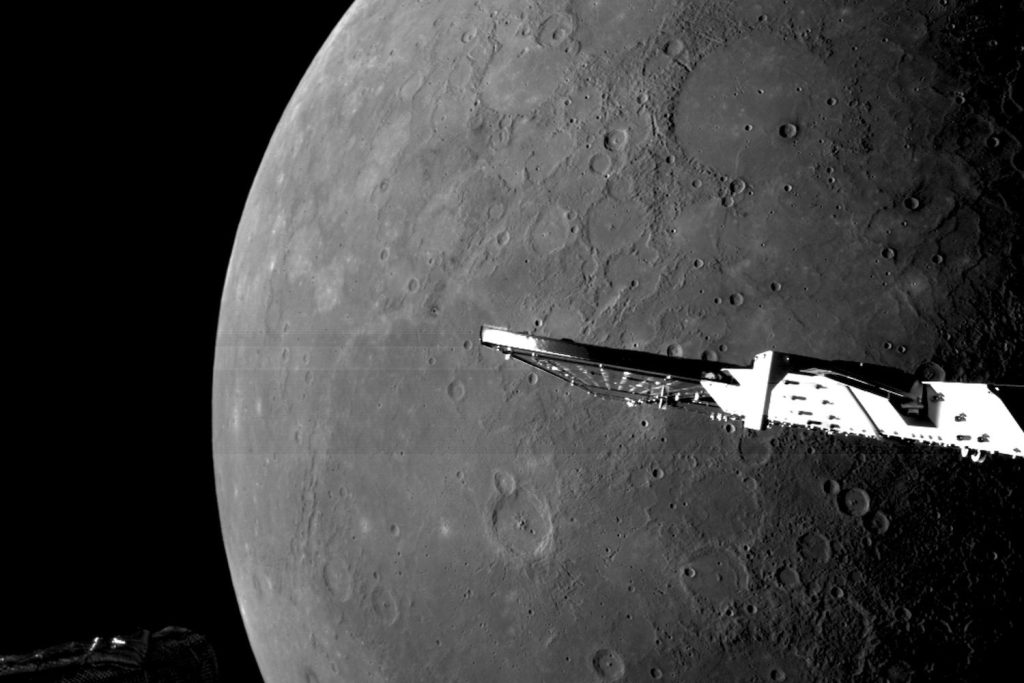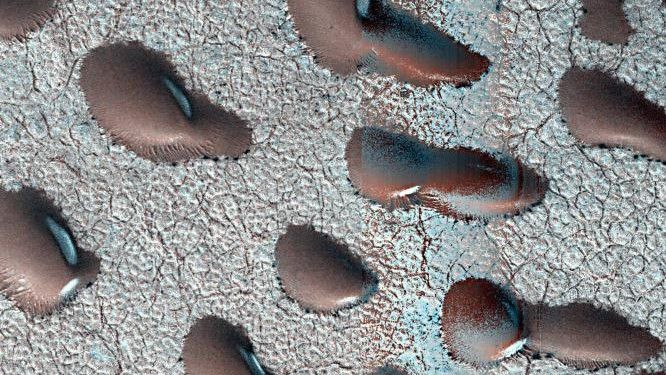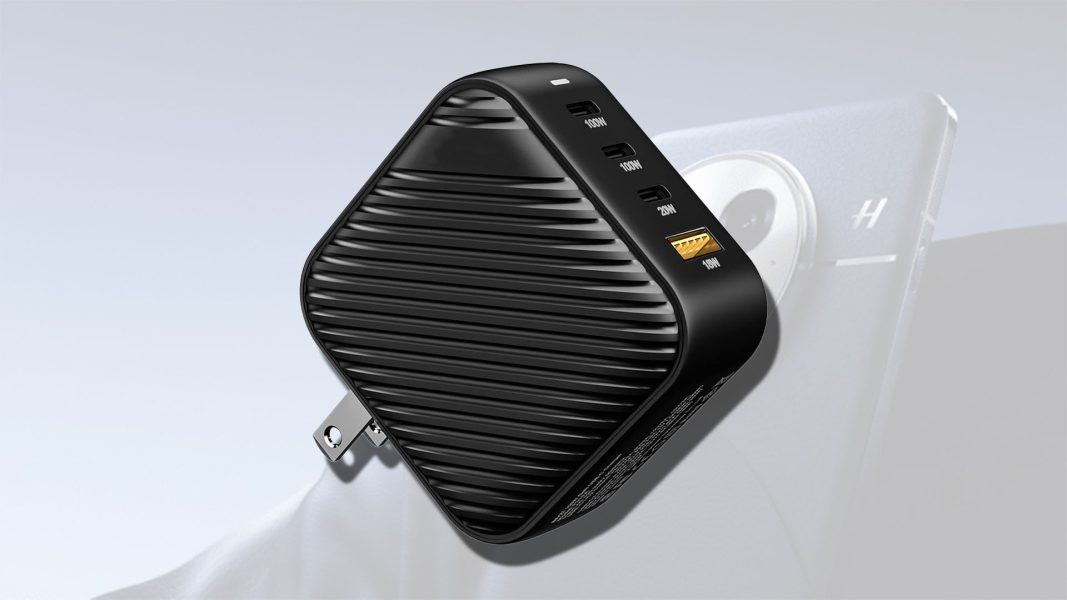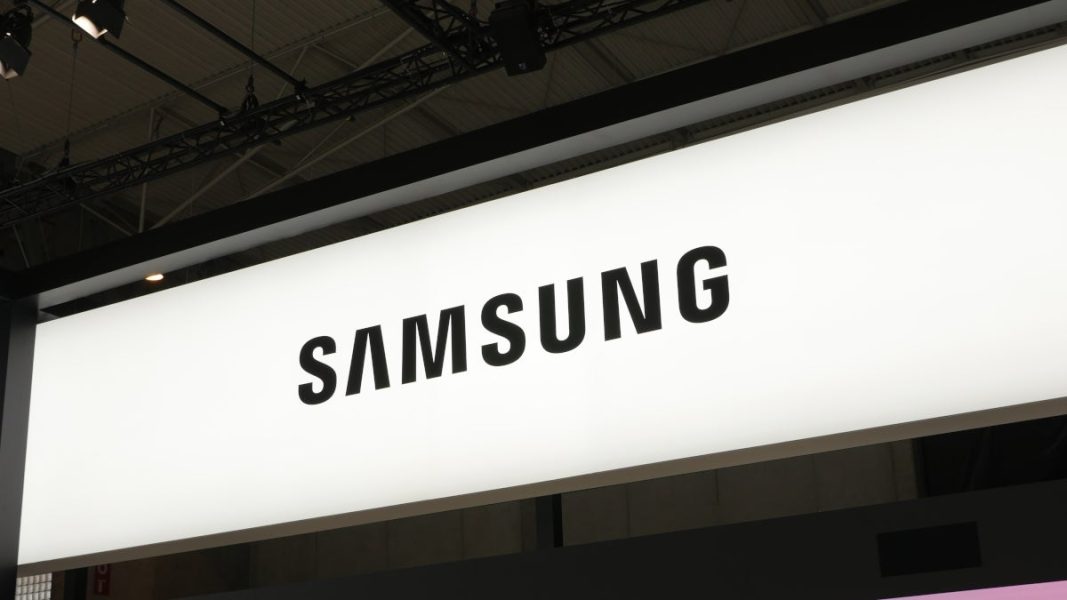Spacecraft Captures Spectacularly Detailed Images of Mercury’s Hidden Surface – Gizmodo

Europe and Japan’s BepiColombo beamed back close-up images of the solar system’s innermost planet, flying through Mercury’s shadow to peer directly onto craters that are permanently hidden in the shadows.BepiColombo, consisting of two conjoined spacecraft, flew past Mercury for the sixth and final time on Wednesday, using the planet’s gravitational pull to adjust its trajectory for an eventual orbital insertion in 2026. The mission launched in October 2018 as a joint venture between the European Space Agency (ESA) and the Japan Aerospace Exploration Agency (JAXA), each providing an orbiter to explore Mercury. During its latest flyby, the twin spacecraft flew above the surface of Mercury at a distance of around 180 miles (295 kilometers), according to ESA.From this close distance, BepiColombo captured images of Mercury’s cratered surface, starting with the planet’s cold, permanently dark night side near the north pole before moving toward its sunlit northern regions.Using its monitoring cameras (M-CAM 1), BepiColombo got its first close-up view of the boundary that separates the day and night side of Mercury. In the image above, the rims of Prokofiev, Kandinsky, Tolkien, and Gordimer craters can be seen littered across the surface of Mercury, casting permanent shadows that may contain pockets of frozen water.Indeed, a key goal of the mission is to investigate whether Mercury holds water in its shadows, despite its close proximity to the Sun.The massive Caloris Basin, Mercury’s largest impact crater, stretches more than 930 miles (1,500 kilometers) across and is visible at the bottom left of the image.Although Mercury is a largely dark planet, its younger features (or more recent scarring) appear brighter on the surface. Scientists aren’t quite sure what Mercury is made of, but material that had been dug up from beneath the surface of the planet gradually grows darker with time.In this third image, volcanic activity and large impacts are highlighted as key factors behind Mercury’s brighter regions. “The bright patch near the planet’s upper edge in this image is the Nathair Facula, the aftermath of the largest volcanic explosion on Mercury. At its centre is a volcanic vent of around 40 km [25 miles] across that has been the site of at least three major eruptions,” ESA wrote.BepiColombo is only the third spacecraft to visit Mercury; the elusive planet is hard to reach due to the Sun’s powerful gravitational pull. The two BepiColombo probes, consisting of ESA’s Mercury Planet Orbiter (MPO) and JAXA’s Mercury Magnetosphere Orbiter (MMO), launched together on a single spacecraft, and each will enter its respective orbit around Mercury in late 2026. The mission carried out its first flyby of the planet in October 2021 and has been returning gorgeous close-up images of the solar system’s smallest planet, as well as valuable data about the mysterious planet.“BepiColombo’s main mission phase may only start two years from now, but all six of its flybys of Mercury have given us invaluable new information about the little-explored planet. In the next few weeks, the BepiColombo team will work hard to unravel as many of Mercury’s mysteries with the data from this flyby as we can,” Geraint Jones, BepiColombo’s project scientist at ESA, said in a statement.
bepicolomboESAmercury
Get the best tech, science, and culture news in your inbox daily.
News from the future, delivered to your present.
Please select your desired newsletters and submit your email to upgrade your inbox.
Layers of ice and dust create a winter wonderland on Mars in stunning new images.
A fifth flyby of the petite planet showed aspects of the planet’s surface in never-before-seen data.
The European rocket lifted off for the first time in 2022, but a troubling motor issue led to a mission failure.
The Sun-observing mission is set for launch on Wednesday at 5:38 a.m. ET.
Vega provided the first telescopic evidence of a disk of planet-forming material, but there are no planets to be found around this star.
The two galaxies are inching closer together before they merge, a process that will take millions of years.
🔴 Live Updates From CES 2025 ➜We may earn a commission when you buy through links on our sites.
©2025 GIZMODO USA LLC. All rights reserved.Mode
Follow us
Mode
Follow us





